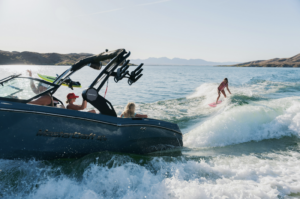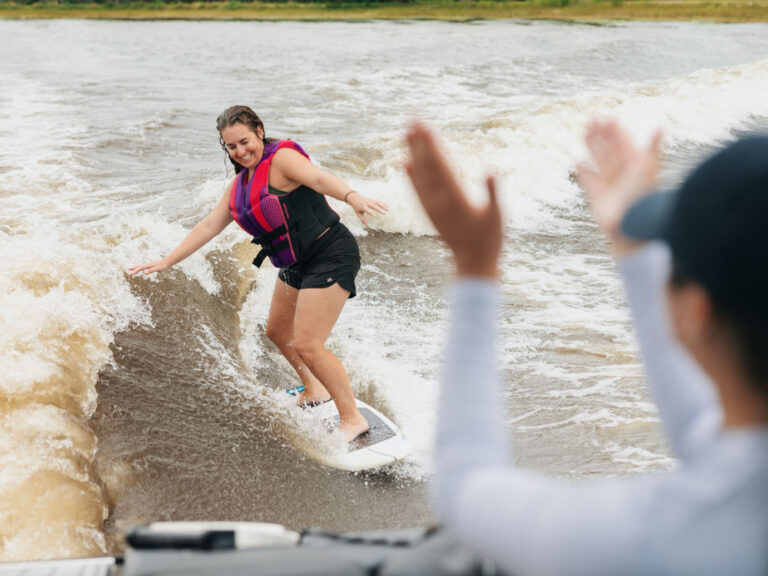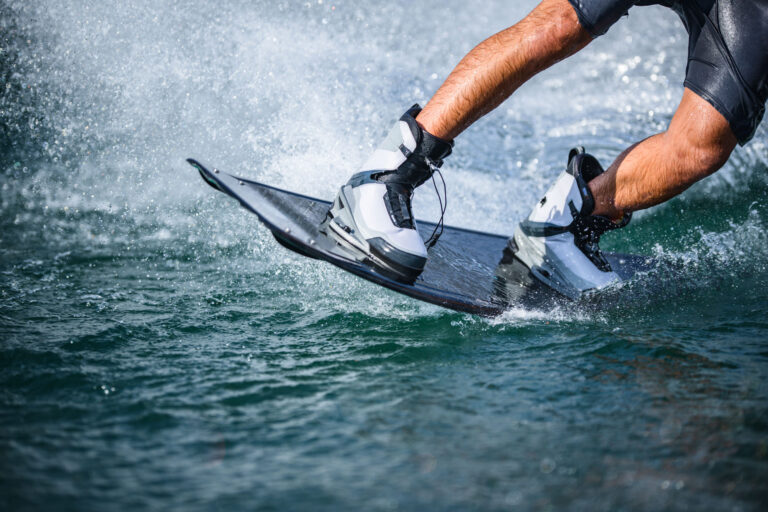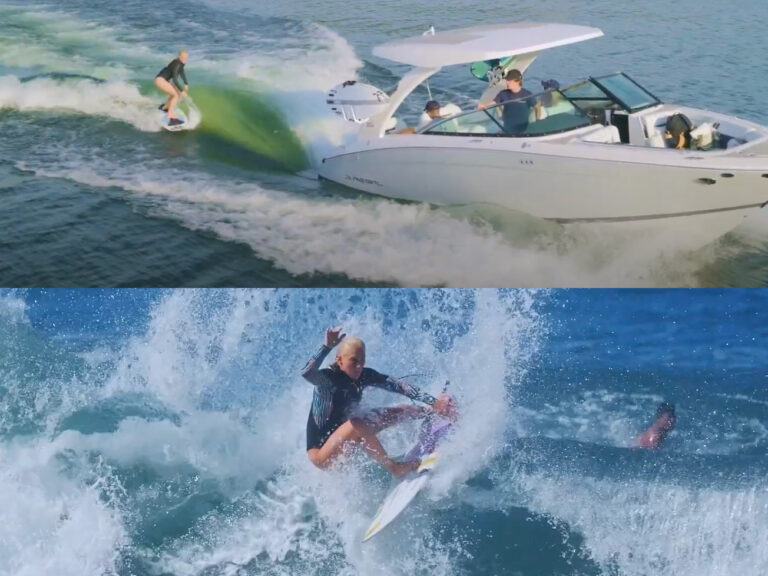We provide you with everything you’ll need to know about making your next wakeboarding life jacket purchase.
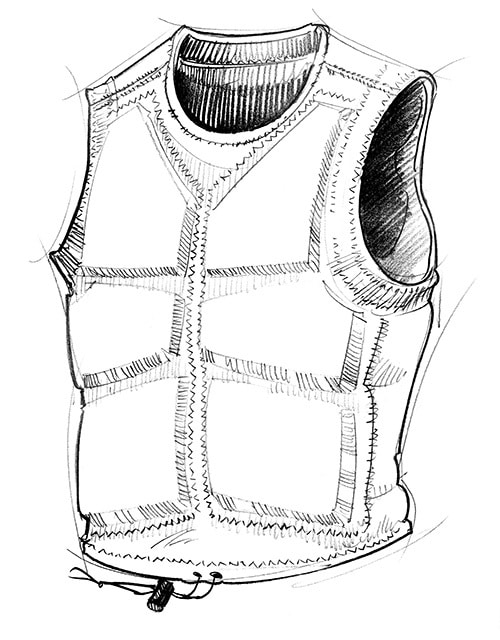
A life jacket is designed to literally save your life, so naturally it’s the most important piece of equipment you wear during any towed watersport. Not only will it keep you on the surface of the water, but it can protect your torso from heavy crashes that could otherwise break ribs or damage vital organs. With modern vest designs, there’s really no excuse for not wearing one at all times. It’s not like we’re asking you to wear the neck-choking keyhole-design orange life preservers that you wore back in the ’70s and ’80s; today’s vest options are comfortable and snug-fitting, yet still allow for maximum body movement and are even stylish. Don’t be stupid; wear your vest. Here are a few things to consider when choosing the next piece of equipment that could save your life.
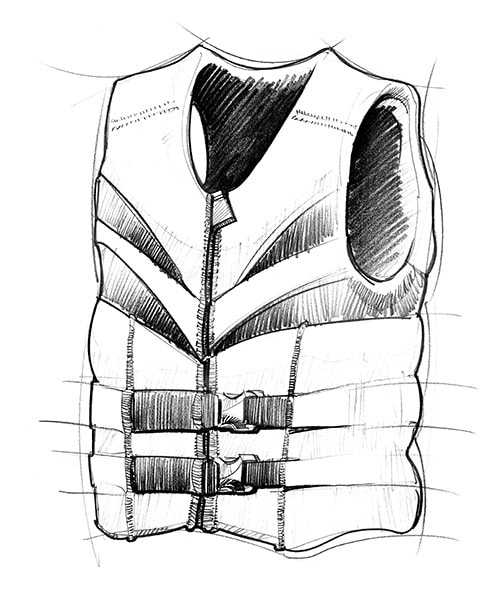
While wearing an improperly fitted vest is marginally better than wearing nothing at all, it’s best to take the time to find a vest that fits well and that you actually enjoy wearing. Vests are like wakeboard boots or water-ski shoes: While one model may be a perfect fit for you, it might not work for your friend or family member. Head down to your local pro shop and try on a few models from different manufacturers. A vest should be as snug as possible while remaining comfortable; remember, it will stretch out when it gets wet. If you opt for comfort over fit while trying on vests in the shop, you might find that the same vest you forked out your hard-earned cash for is floating around your ears on the first wipeout you encounter.
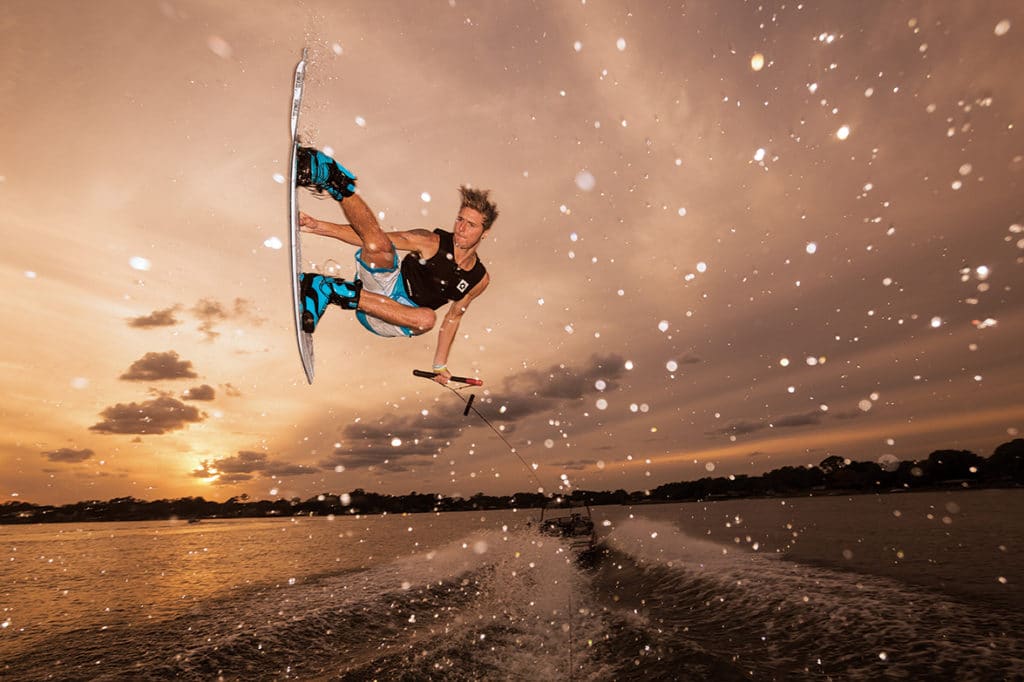
Get Familiar
| USCGA | Competition (Comp) |
|---|---|
| Vests that are approved by the United States Coast Guard are put to the test in a variety of ways to make sure that you will float properly enough to save your life. They will all have proper flotation and nylon straps with buckles. The manufacturer is left with the responsibility to make the vest comfortable and stylish. Not all CGA vests fit the same way, are as comfortable, or look as cool. Make sure you find a fit and style that works best for you. Once you do, you will be glad you spent the extra effort in finding the perfect fit. | Comp vests are completely without regulation. It does not mean that the manufacturer planned for you to sink and die while wearing it, but it should be noted that some float better than others. Without an official stamp of approval, you’ll need to know what you’re looking for to get one that fits your needs. When it comes to the law and your safety though, don’t mess around. Be sure to only wear competition vests in settings that they were designed for. |
| Preferred Entry | |
|---|---|
| Modern-day vests offer a few different options when it comes to taking them on and off, and which you choose really comes down to personal preference. The classic front zipper or front buckle (or a combination of the two) is extremely easy to get in and out of. A pullover vest with either a side or back zipper can provide a very tight, body-hugging fit, but some people might find it a little inconvenient to take on and off. Try on a few different styles and see what works best for you. | |
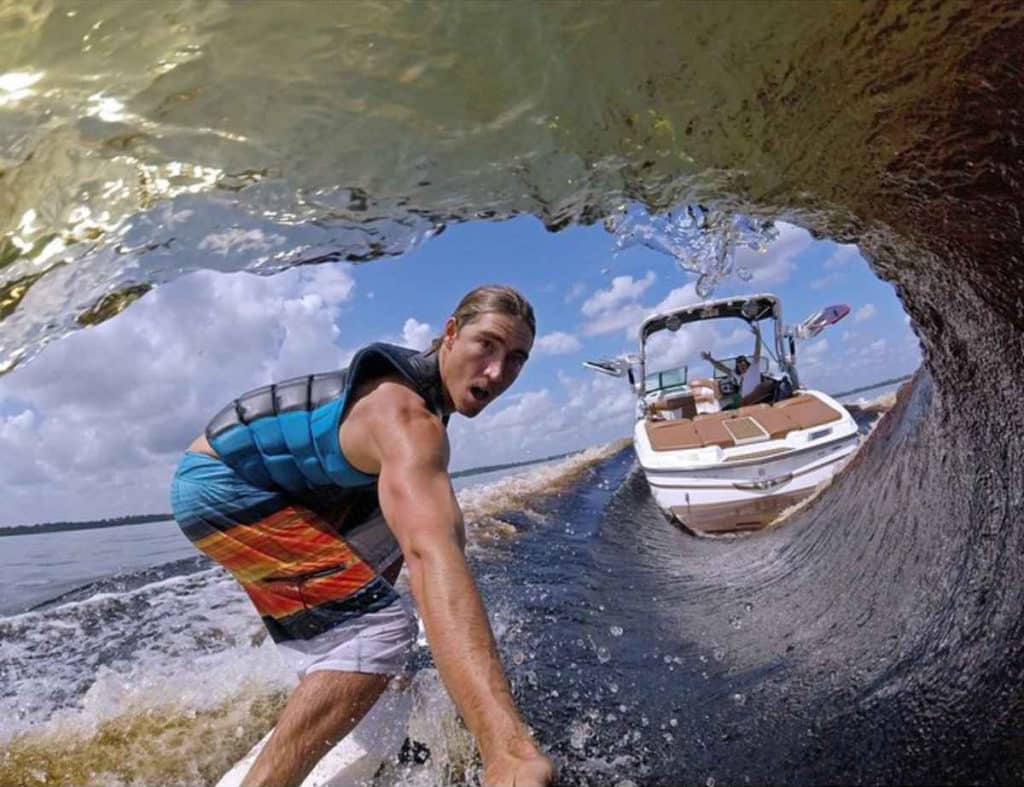
| Tight is Right | |
|---|---|
| Your life jacket should be snug — really snug. “When you wear a properly fitted vest, it should be hard to breathe when you’re in the store,” says Jeremy Thornell, manager at the Salt Lake City wake shop Marine Products. In fact, think of your life jacket as a second skin. You don’t want any air between you and the jacket, because that air can cause bruised rips when you take a fall. Also, consider that most jackets have a tendency to stretch when wet. When you take a plunge, you don’t want your jacket 3 inches off your shoulder and halfway up your face. Bottom line: If you get an extra large when, in fact, you’re a large, your life jacket isn’t going to be safe or comfortable. | |
| Give it a test | |
|---|---|
| “Bend over, flex your back, rotate side to side, twist and see how it is restricting your movement,” Thornell suggests. To ensure optimal mobility, it’s not a bad idea to also mimic passing the handle and grabbing the board. Just keep in mind that a jacket may feel much more restricting in the store. In fact, Thornell says most jackets tend to loosen up a good 10 to 15 percent once wet. With that in mind, Porter suggests another test. “If it has a zipper on the front, you should have to stretch it to get it to zip up,” he says. “It shouldn’t come together easily and zip up without any effort.” Ultimately, it’s important that your new life jacket passes the test of tightness. | |
| Trying It On | The Perfect Fit |
|---|---|
| Sure, online shopping is convenient, but considering the importance of a life jacket’s fit in it functioning properly, there’s no substitute for your local wake shop. “Just like buying shoes, you want to see different models, understand what justifies price difference and make sure that it fits properly,” Porter says. Trying on several brands and multiple models is the best way to ensure you pick the best life jacket for you. Plus, you won’t have to go it alone. Your local wake shop’s staff can guide you through everything from stretch characteristics to each jacket’s unique cut. | Every manufacturer has a weight range for each of its life jackets as well as a corresponding chest size. Chest size is the most accurate indicator of proper fit, but most people don’t know their exact chest measurements. Therefore, it’s often easiest to use your weight as a starting point. Also, remember the proper size can change from manufacturer to manufacturer and even from jacket to jacket. “Each vest is cut differently,” says Bill Porter, owner of Orlando’s iconic wake shop Performance Ski & Surf. “Certain vests are going to fit certain people better than others, depending on their body makeup.” As a result, finding the right one will involve a process of elimination. |



